Superheroes & Spies: The Shadowy History of Comic Books and Propaganda
Comic books and spies link back to WWII when the US needed a sneaky propaganda tool to boost America’s war effort. They were considered cheap and dispensable in the 1930s and ‘40s and the industry was still in its infancy so it was easier to manipulate.
“It was run by a colorful collection of ex-pornographers, former left-wing radicals, and hustlers,” according to historian Paul Hirsch, author of Pulp Empire.

"The brand new social experience where you activate your gaming skills as you train like a spy."
- TimeOut
Take on thrilling, high-energy espionage challenges across different game zones.

Artists were paid by the page and often worked in assembly-line, sweatshop conditions in New York City.
Unlike literature, comic books were almost completely uncensored so US spies saw an opportunity to covertly spread propaganda while bypassing the usual rules suppressing violence, racism, and sexuality.
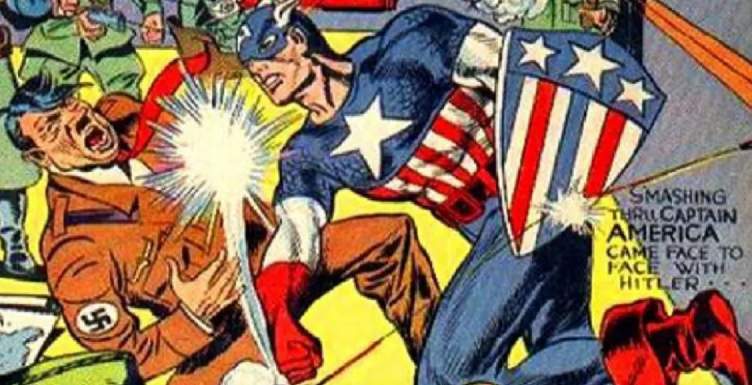
Covert spies and propaganda
Many authors and artists joined the US War Writers Board (WWB), funded by the Office of War Information and headed by Elmer Davis, a New York Times writer and former editor of the pulp magazine Adventure.
Davis coordinated all of the media for the war effort while his Comics Committee advised publishers about how to use the platform to fight fascism and portray ethnic and racial groups. The committee even created characters and storylines for cooperating publishers. While some publishers refused to work with the board, most were willing accomplices.
“Cooperating with the WWB was seen as a patriotic obligation,” Hirsch said. “Working with the WWB also made financial sense, as publishers had to comply with wartime rationing of wood pulp… A publisher in good standing that printed WWB-sanctioned stories might receive access to additional wood pulp, and sell more comic books.”
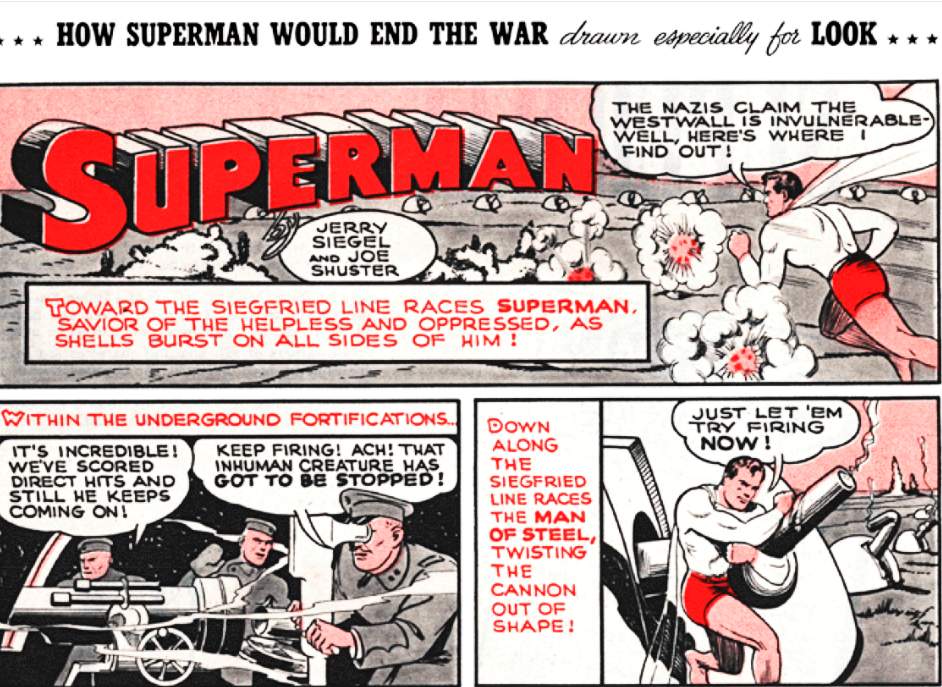
The rise of the political superhero
Comics brought superheroes into the war even before the US formally entered it in December 1941, and the lines between superhero stories and propaganda soon blurred, capturing the imagination with visual cues that illustrated complex cultural ideas.
“This process has allowed characters to become powerful representations of nationalism (Superman), or the search for societal stability (Batman), or struggles over femininity (Wonder Woman),” Michigan State University Professor of History Julian Chambliss said.
National Allied Publications (later DC Comics) introduced Superman in Action Comics #1 in 1938 and he was soon fighting Nazis and the USSR. In a spread for Look magazine, Superman flies Hitler and Stalin to Geneva where the League Of Nations finds them guilty of “unprovoked aggression against defenseless countries”.
Captain America also takes a swipe at Hitler in 1941. Joe Simon, Captain America’s co-creator, said in his autobiography The Comic Book Makers: “Captain America was the first major comic book hero to take a political stand…Hitler was a marvellous foil; a ranting maniac.”
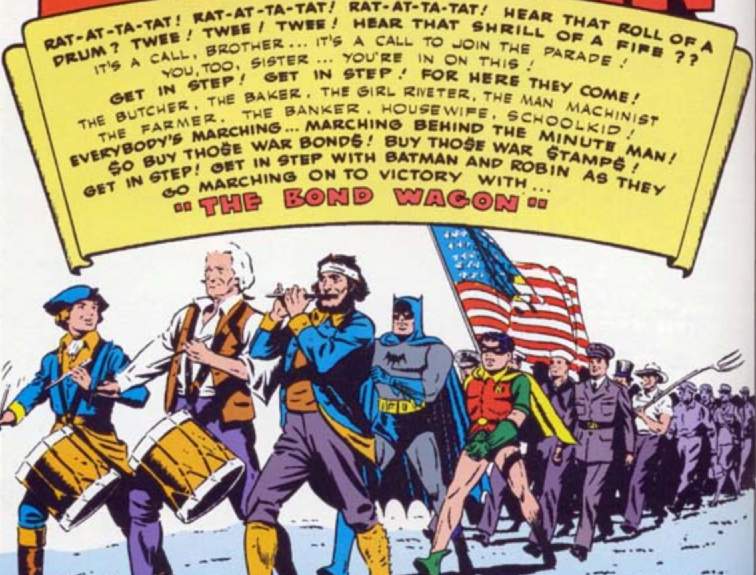
Wars and bonds
Batman debuted in May 1939 and the caped crusader would soon battle Hitler, Italy’s Benito Mussolini, and Japan’s Tojo Hideki. In 1943, Batman and Robin also helped sell American war bonds while reenacting the Revolutionary War.
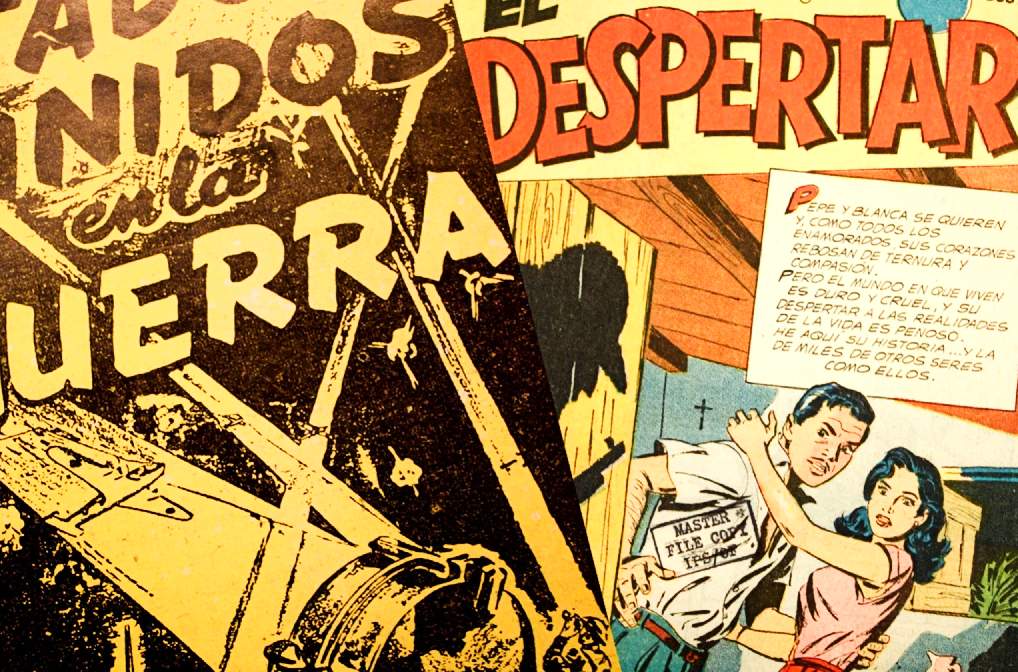
Foreign affairs
The US held off on blanketing European countries in case the comic books - virtually uncensored until 1954 - made the US appear overly violent, sexist, and racist. That didn’t stop the propaganda machine elsewhere.
The Office for Inter-American Affairs pushed comics in South and Central America where German expats threatened US interests. Books like Estados Unidos en la Guerra (1944) didn’t pretend to be superhero stories. Instead, they were a blatant appeal to fight fascism.
The US Office of War Information in Australia pitched in with The Nightmares Of Lieutenant Ichi, aiming to diminish the image of the occupying Japanese in the Philippines.
Korea My Home(1950) published by the US Department of State during the Korean War, attempted to explain the hardships of North Korea's communist regime.
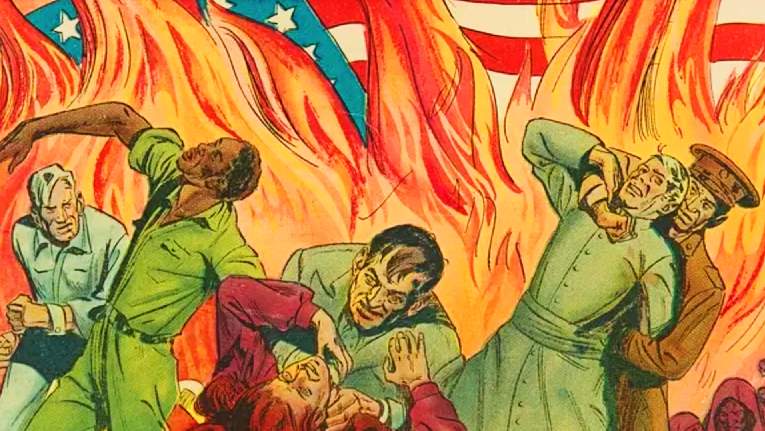
Cold War propaganda
As WWII drew to a close and the Cold War’s anti-Soviet mentality spread, the Catechetical Guild of St. Paul, Minnesota jumped on the propaganda bandwagon distributing Is This Tomorrow? America Under Communism (1947). The Guild warned children that ‘fifth columnists’ had ‘wormed their way into key positions in government offices’.
Another Catholic comic This Godless Communism opens with a letter from J. Edgar Hoover, the FBI’s first director.

CIA propaganda in the 1980s
When the US military mounted Operation Urgent Fury in October 1983, many believed the US wanted to quash Cuban and Soviet influence in the Caribbean.
Thousands of comic books titled GRENADA: Rescued from Rape and Slavery were airdropped over the island, reportedly the work of the CIA alongside Malcolm Ater - known for his Dennis the Menace and Smokey the Bear comics - and Canadian artist Jack Sparling.
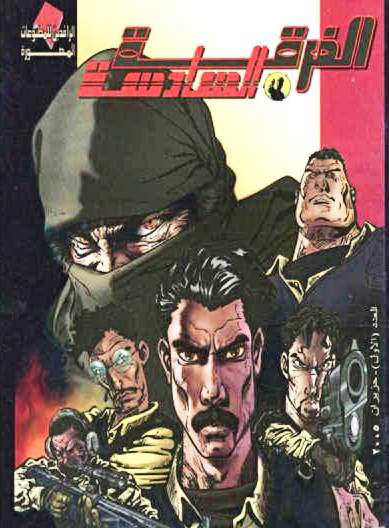
Redefining the Iraqi superhero
While fighting the War on Terror, America apparently rethought its superhero concept for The Sixth Brigade comic books focused on Iraq and the Middle East.
Allison Batdorff, writing for Stars and Stripes, said a lone Muslim superhero wouldn’t cut it: “The lone-hero-with-badge-and-gun appeal wouldn’t work here… The concept of honor is paramount instead of emphasizing the individual; it’s the collective that counts.”
Are propaganda comics still in vogue? We’ll leave that superhero sleuthing mission up to you. What SPYSCAPE does know is that the global perception of the US since WWII has been greatly influenced by comic books, many of which are now valuable collector items.
As Hirsch said: “These 20th-century comics still exist as ghosts among us. All the excitement, trauma, rage they generated - they’re not dead.”
SPYSCAPE+

Join now to get True Spies episodes early and ad-free every week, plus subscriber-only Debriefs and Q&As to bring you closer to your favorite spies and stories from the show. You’ll also get our exclusive series The Razumov Files and The Great James Bond Car Robbery!


Gadgets & Gifts
Explore a world of secrets together. Navigate through interactive exhibits and missions to discover your spy roles.
Your Spy Skills
We all have valuable spy skills - your mission is to discover yours. See if you have what it takes to be a secret agent, with our authentic spy skills evaluation* developed by a former Head of Training at British Intelligence. It's FREE so share & compare with friends now!
* Find more information about the scientific methods behind the evaluation here.


Stay Connected
Follow us for the latest
TIKTOK
INSTAGRAM
X
FACEBOOK
YOUTUBE